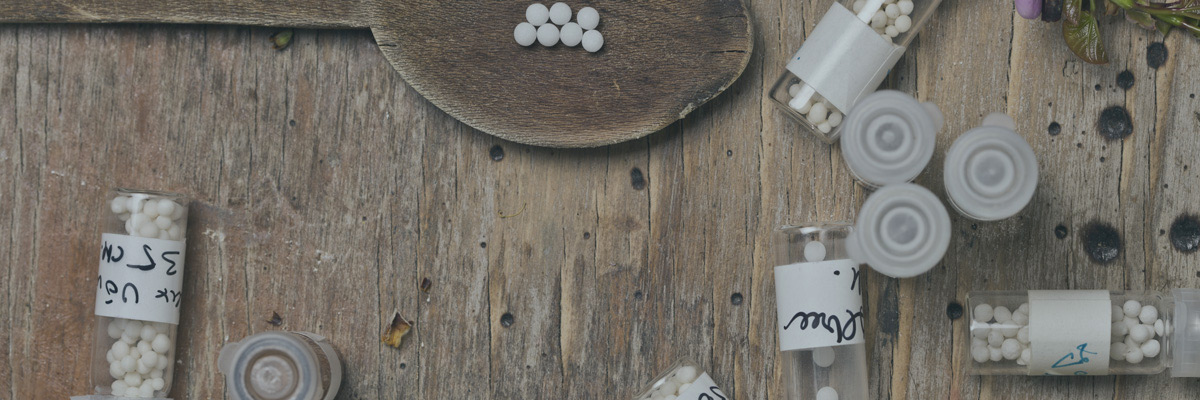


Homeopathic HouseCall was inspired by a 19th century home kit that became one of the most important factors in the early development and spread of homeopathy. Dr. Constantine Hering originally published The Homoeopathic Domestic Physician in 1835. Nearly fifty years later, the final and seventh edition was published shortly after his death.
Quickly and easily help your friends, family and patients with this powerful system of natural healing. Homeopathic Housecall puts the combined experience of some of the world's best homeopathic prescribers at your fingertips!
Start TodayThis little tome of acute-care advice for the home prescriber was commonly sold with a remedy kit, and the two became known in early European-American homes as The Box & The Book. This kit would accompany many a European family west into the wilds of North America.
Early in his career, Hering was given an assignment by the physician under whom he worked: Research this new homeopathy thing and write an article discrediting it. Unlike the modern critics of homeopathy, Hering began his research by reading the foundational homeopathic works of Dr. Samuel Hahnemann, in which Hahnemann called for his critics to experiment on themselves before drawing conclusions.

Accordingly, Hering performed the same experiment on himself that had started Dr. Hahnemann on his own homeopathic journey: He took doses of the bark of the Cinchona tree, which had been used successfully for hundreds of years to treat the periodical fevers of malaria. Just as Hahnemann had observed in his own experiment, Hering developed symptoms remarkably similar to malaria. This was the test that confirmed for Hahnemann that the most effective medicine for a disease was one that, used by a healthy person, could provoke the most similar symptoms to the disease being treated in the sick person (known in homeopathy as 'The Law of Similars').
Having seen Hahnemann's predictions borne out in regards to Cinchona bark, Hering studied the symptoms of poisoning by other medicines that he knew and decided against completing his assigned article. A couple of years later, after suffering a dissecting wound that became gangrenous (usually a fatal ailment in the 1820s), Hering was treated homeopathically and recovered. Thereafter, Hering studied under Hahnemann directly before moving back to the U.S. and founding North America's first homeopathic college at Allentown, Pennsylvania.

During his career as a homeopathic physician, Constantine Hering also edited numerous medical journals, compiled a 10-volume encyclopedia of clinical materia medica and published the results of 72 different clinical trials on new homeopathic medicines. Dr. Hering's provings include such indispensable drugs as Lachesis muta, one of the most important homeopathic medicines for bipolar disorder; Gelsemium sempervirens, the homeopathic remedy used successfully at the U.S. National Homoeopathic Hospital during the Spanish flu of 1918; and Apis mellifera, the remedy for most anaphylactic allergic reactions.
The motto inscribed in The Homoeopathic Domestic Physician reads, The greatest triumph of a science is when it becomes the common property of the people and thus contributes to the common wealth.
Few people in human history have lived out that motto to the degree that Dr.Hering did. We humbly hope to live up to Dr. Hering's standard with Homeopathic Housecall, our effort to bring to the public the acute-care knowledge of generations of homeopathic practitioners.